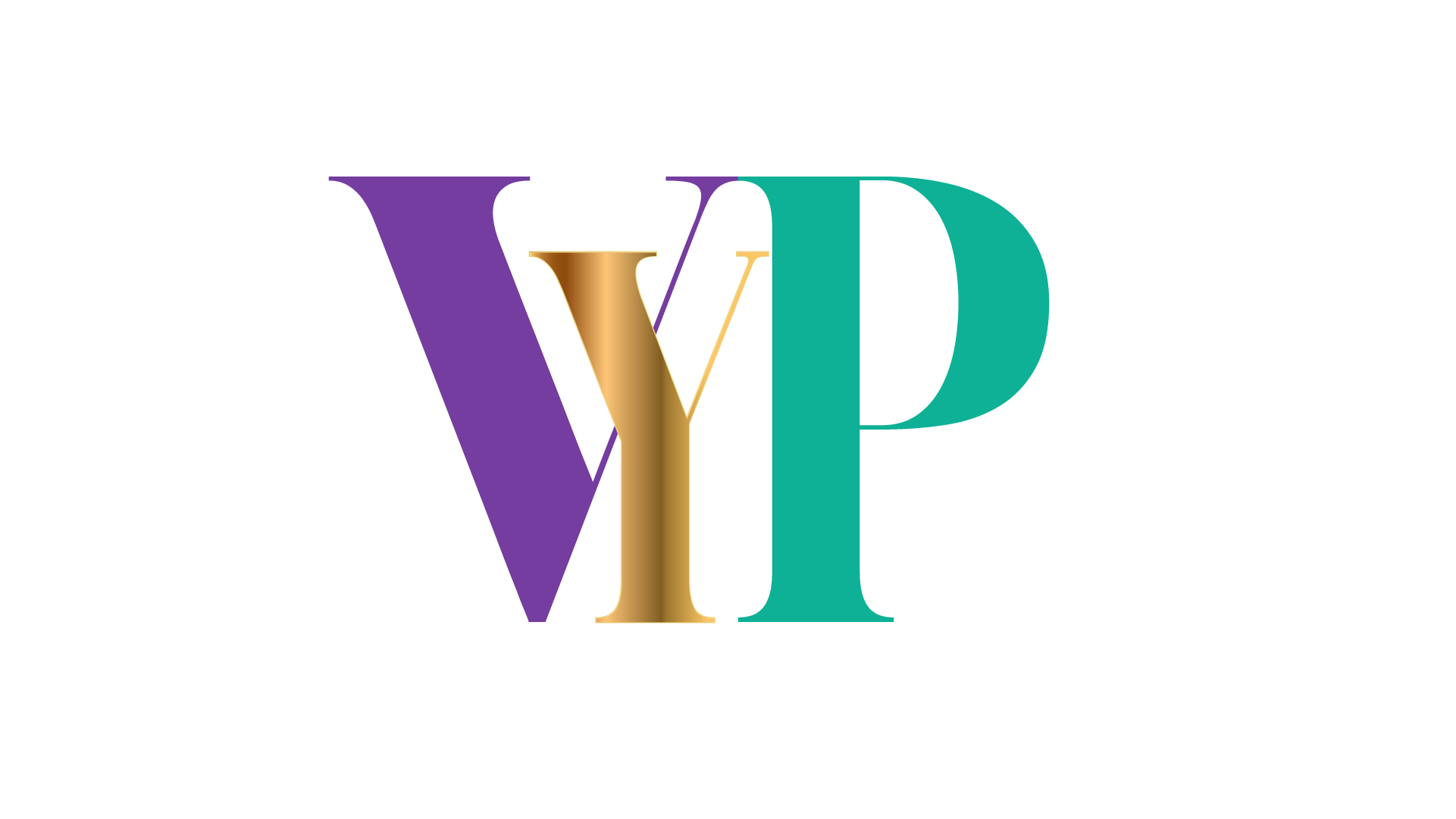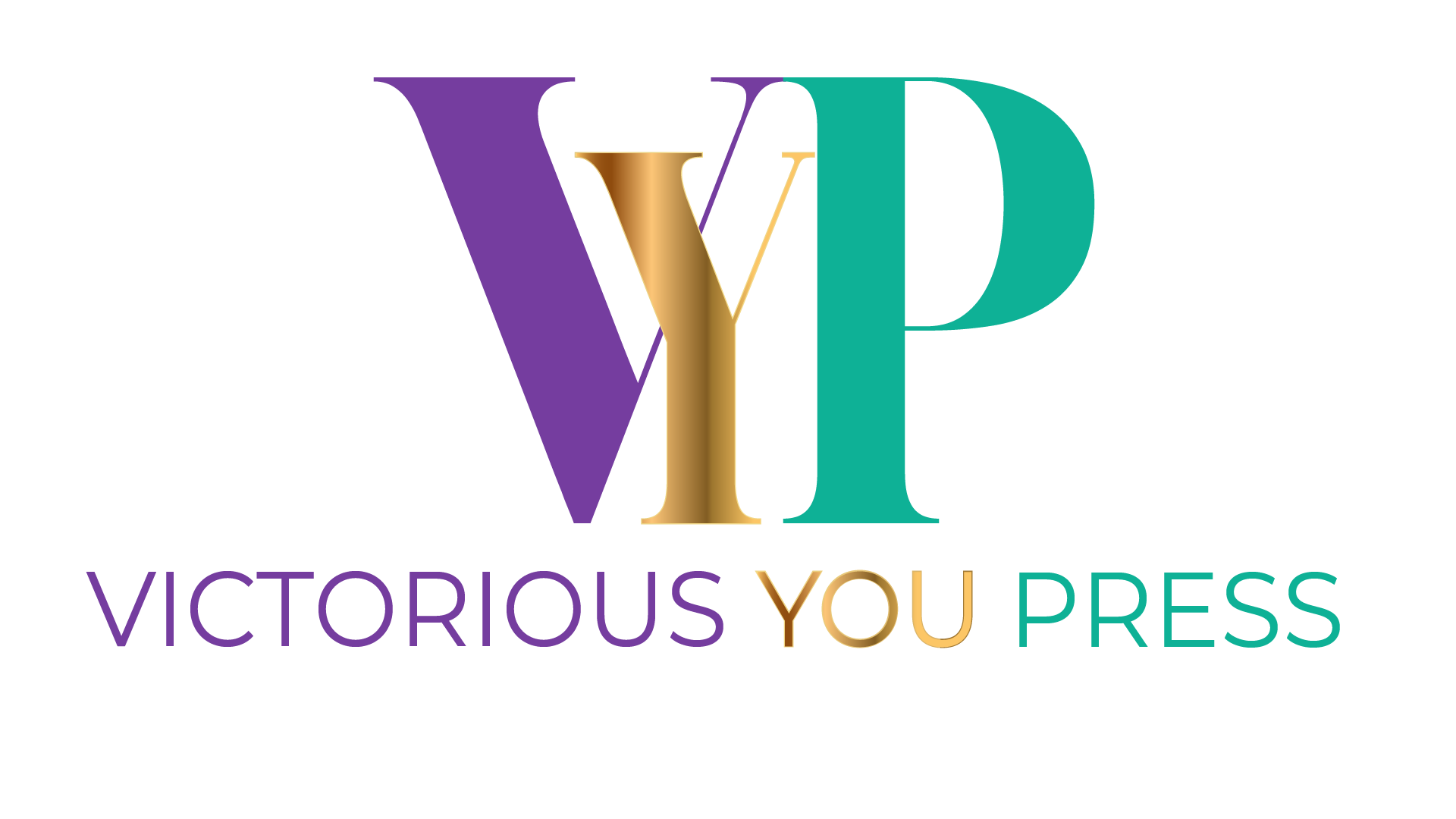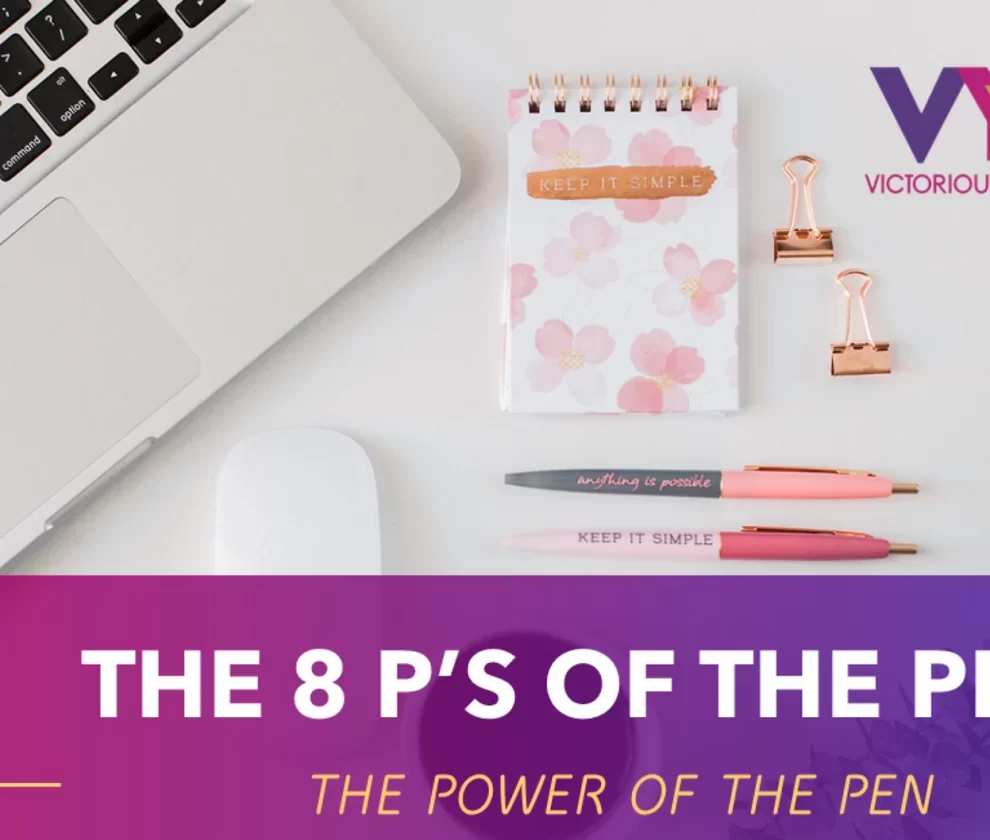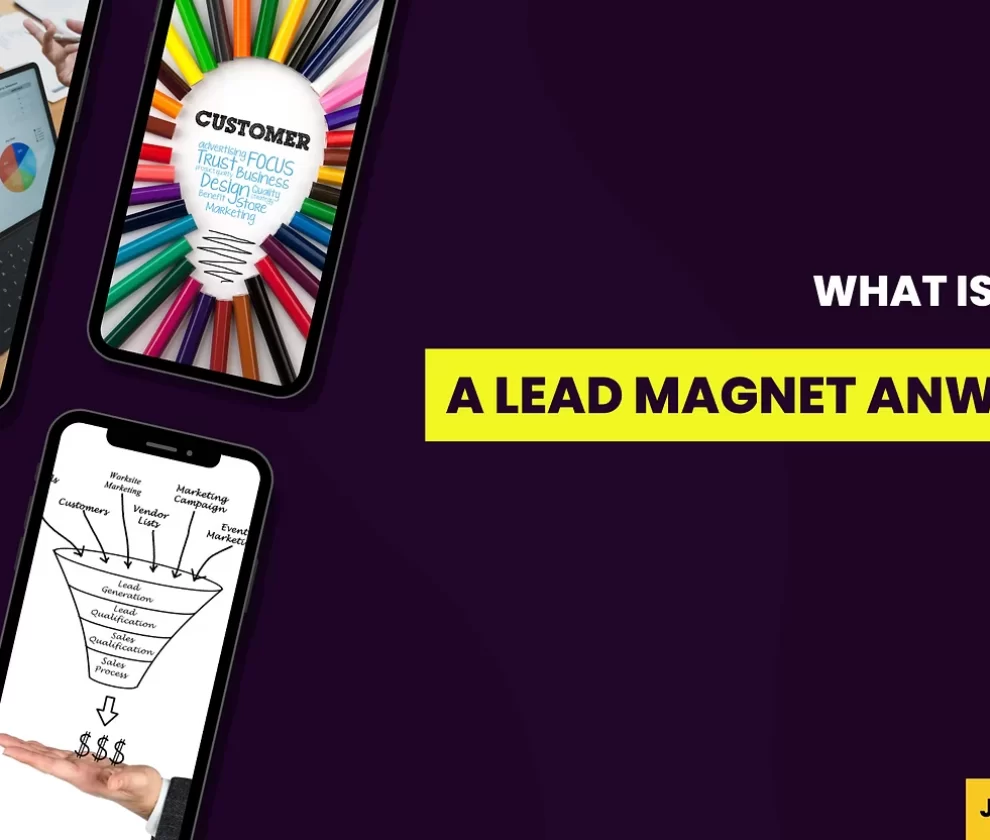So, you finally decided to start your book; you figure that you have waited long enough, and you’re ready to dive right in. But, wait, there’s just one problem, you don’t know where to start, and you can’t figure out how to put it all together.
Don’t worry; it happens to a lot of people. Even the most experienced writer has times when they don’t know where to begin. In your head, you know exactly how it all comes together, but when you try to put it on paper, it’s hard to know where to start.
Here are some tips about structuring your story that will help you to lay it out in a way that holds your reader’s attention and keeps them captive to the end:
· Introduction: Although it may seem strange, the introduction should be written after you have finished the contents of your book. It is an overview of the book, and it lets your readers know what your message is and why you chose to share it with them.
· Hook: You want to be able to reel your reader in so that they want to keep going. The first chapter of your book is where you get to do that. What happened in your life that was profound, compelling, or amazing? How can you tell it in a way that hooks your reader and keeps them until the end of the book?
· Body: This section is where the bulk of your story lives and will take your readers on a journey as they learn more about you. It might include things like childhood experiences, parents, and any other significant thing that may have happened in your life. It’s a great idea to use bullet points to structure the story in chronological order. One thing to remember when writing a guide, devotional, or any other kind of self-help book is that you can add your references and quotes here.
· Resolution: Use this part of your story to let your readers know how you resolved the conflict from the account you shared in the hook. What problems or ideas are being addressed that relate to the content of that first chapter? You can also add your references, case studies, or quotes from other sources with credits.
· Conclusion: The takeaway. Now that you’ve written your hook, body, and resolution, it’s time to wrap your book up. So, how can your readers benefit from your story, and what action can they take to get them to that benefit? What if, any, are other resources that can be shared or are available for them? And you can let them know how they contact you.
· Parking Lot: While you are writing, you may remember some things you want to add, or maybe you have ideas that you didn’t include in your outline or bullet points. You can put them right in the parking lot to avoid starting over. Then, once you finish structuring and outlining your story, you can go back and see where it fits best and add it. If it doesn’t make a difference or enhance the level of the theme, you can choose not to include it.
This structure is a guide for breaking your story down in a way that helps you get your thoughts on paper. This format can be transferred to a whiteboard as well. So go ahead and get those creative juices flowing! You can use colored post-it notes for each section using the whiteboard idea. Then, when you complete writing each section, remove the post-it notes and watch your story come to life!



